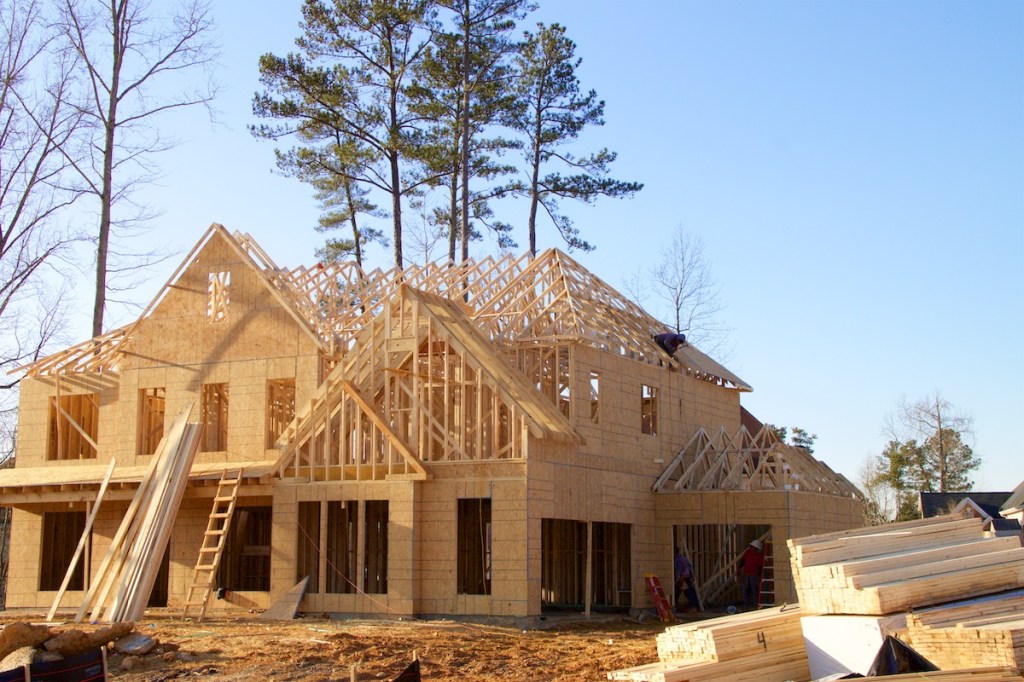Mortgage applications for new home purchases in November dipped 2.2% year-over-year, according to the Mortgage Bankers Association’s builder survey published this week. From October 2021, applications also decreased by 3%.
The mortgage trade group estimates that on an unadjusted basis there were 65,000 new home sales in November, from 68,000 new home sales from the month prior, a decline of 4.4%
Joel Kan, associate vice president of economic and industry forecasting at the MBA, noted that unlike the dip in applications, the average loan amount increased to a record of $414,114.
In October, the average loan amount for a new home was $412,339, the survey found.
“A competitive purchase market, combined with increased building materials costs, have been pushing sales prices higher,” Kan said. “There also continues to be a shift to the higher end of the market, which is also contributing to the higher loan amounts.”
Compliance as a Competitive Edge in a Purchase Market
For lenders to be effective in today’s purchase market, they need tools that increase their speed and efficiency, while also ensuring they remain in compliance.This white paper provides insights into why lenders should consider integrating compliance automation.
Presented by: Total Expert
Nonetheless, November represented a strong month for homebuyers choosing newly built homes, he said.
As evidence, the report surmises that new single-family home sales were running at a seasonally adjusted annual rate of 905,000 units in November.
The trade group’s survey found in October that new single-family home were running at a seasonally adjusted annual rate of 897,000 units in Oct. 2021, up 6.4% from the September pace of 843,00
Kan said that the annual rate’s growth reflects “limited for-sale inventory [driving] more demand to the new home segment.”
Limited inventory this year has been in part impacted by homebuilders facing delays and challenges from supply chain bottlenecks, with shortages in materials and labor delaying new homes from hitting the market.
By product type, conventional loans made up 76.3% of loan applications, while FHA loans and VA loans composed 13.2% and 10% of applications, respectively. USDA loans made up 0.5% of applications filed in November.






